Gorilla Glass Comes Full Circle in Detroit With the Ford GT

Ford Motor Company has announced that, in partnership with the Corning glass works, the new Ford GT supercar will have a windshield and engine cover made of what they call Gorilla Glass Hybrid.
In case you don’t know, Gorilla Glass is Corning’s brand name for the ion-exchange-strengthened glass used in smartphones and tablets. Instead of two sheets of annealed glass laminated with a middle sheet of clear polymer — as in conventional safety glass — Gorilla Glass Hybrid replaces the inner layer with Gorilla Glass.
While this is the first use of Gorilla Glass-branded product for a car’s exterior glass, faithful readers of TTAC will recall that this is not the first time a Detroit automaker has turned to Corning and used ion-exchange glass to save weight.
Three years ago, Jack Baruth wrote about how Corning helped Chrysler lighten the factory “stock” lightweight NHRA A body drag racers they made in 1965. Back then, the thin ion-exchange glass was called Chemcor. Corning publicity for Gorilla Glass makes it sound as if it’s a whole new thing, saying that it uses a completely different formulation than Chemcor, but I’d be willing to make at least a small bet that there’s a chain of patents between Chemcor and Gorilla Glass.

Ronnie Schreiber edits Cars In Depth, the original 3D car site.
More by Ronnie Schreiber
Latest Car Reviews
Read moreLatest Product Reviews
Read moreRecent Comments
- ToolGuy If these guys opened a hotel outside Cincinnati I would go there to sleep, and to dream.
- ToolGuy Michelin's price increases mean that my relationship with them as a customer is not sustainable. 🙁
- Kwik_Shift_Pro4X I wonder if Fiat would pull off old world Italian charm full of well intentioned stereotypes.
- Chelsea I actually used to work for this guy
- SaulTigh Saw my first Cybertruck last weekend. Looked like a kit car...not an even panel to be seen.
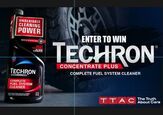
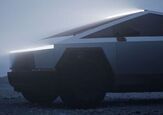
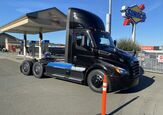

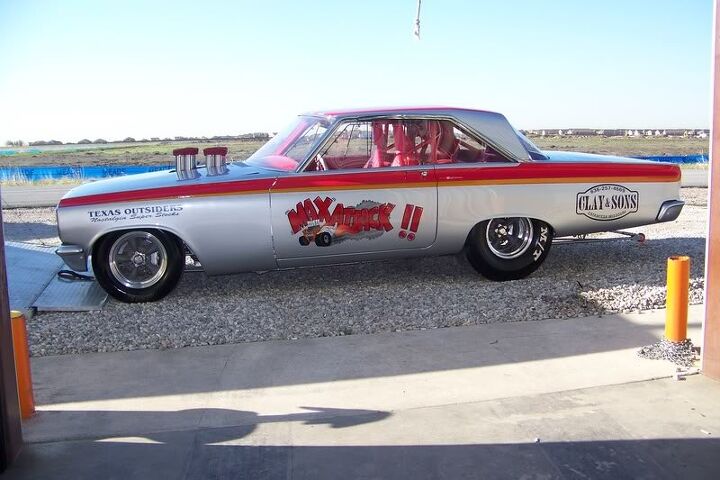












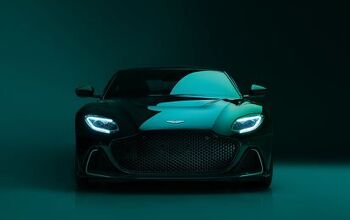

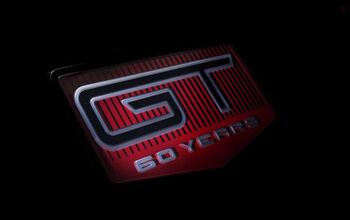
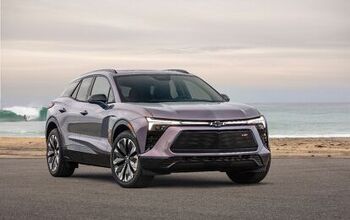
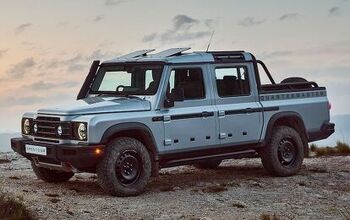
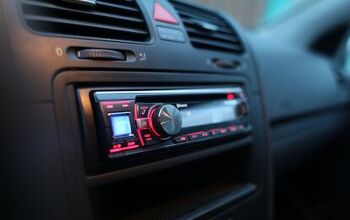
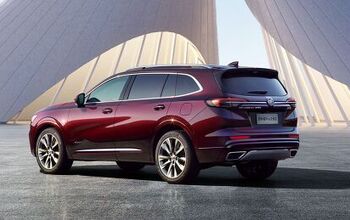

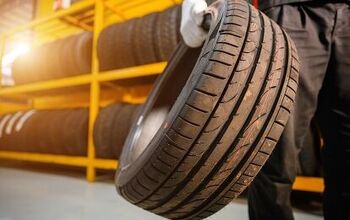

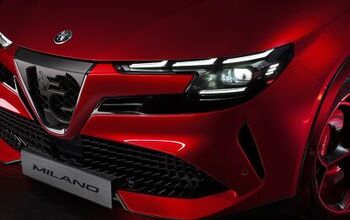

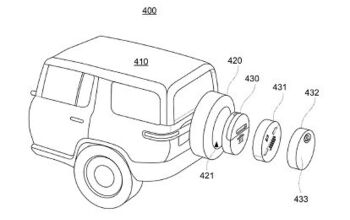
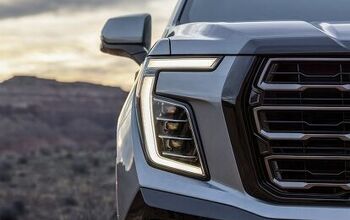
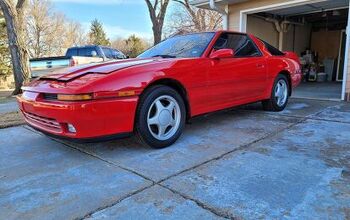
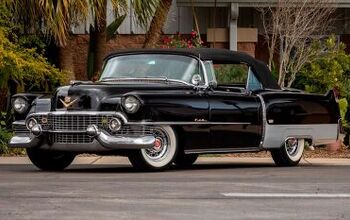
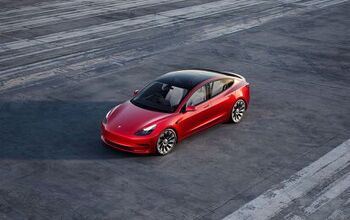
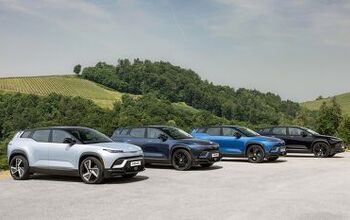
Comments
Join the conversation
Cellphone batteries, cellphone operating systems and cellphone glass.... No wonder Apple figures they can have a go at the car biz.... Next thing you know, you'll get fined for using a car while driving.
Making a supercar as light as possible has always been the goal, regardless of cylinder count!